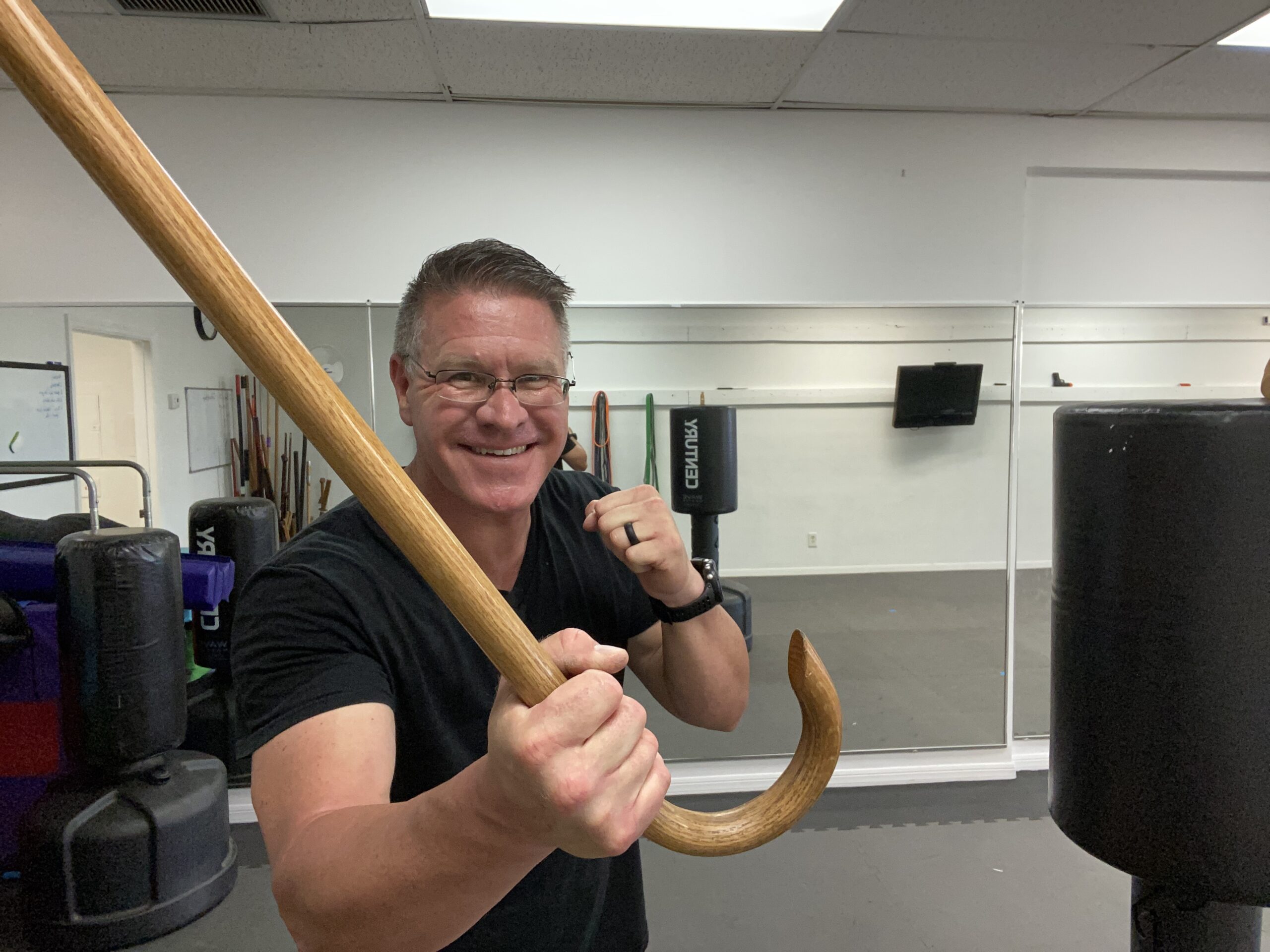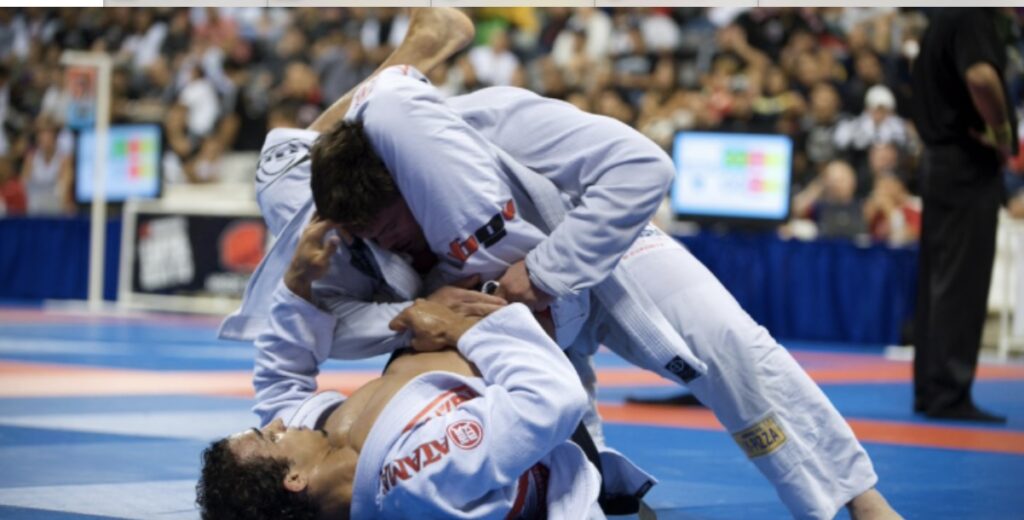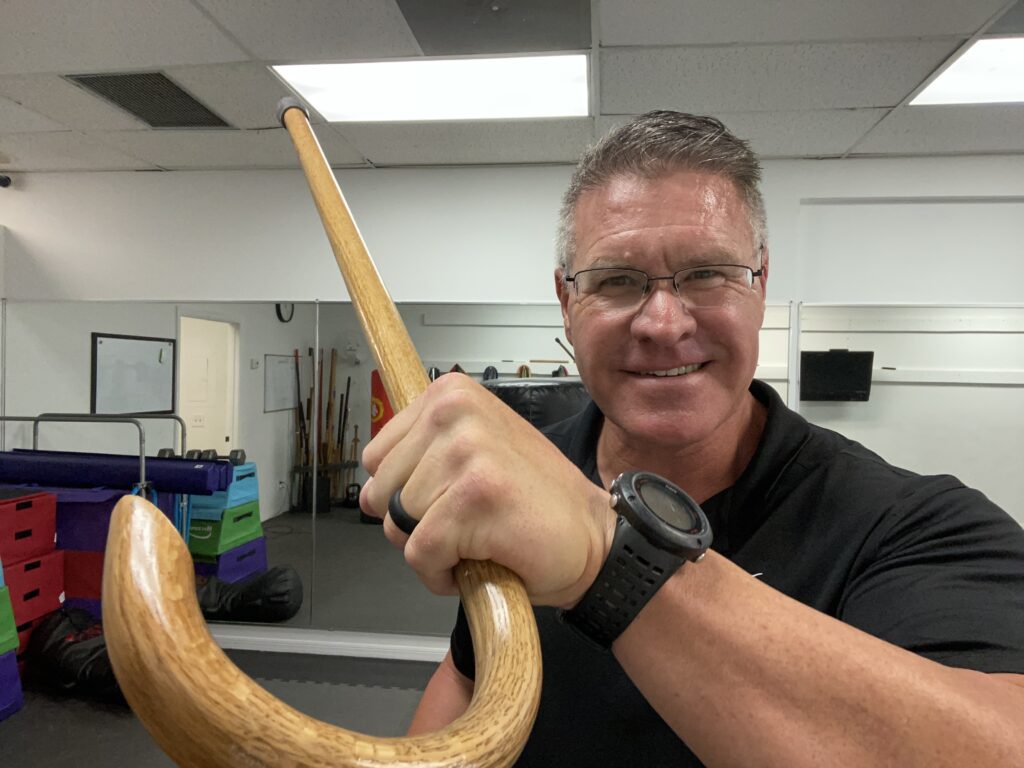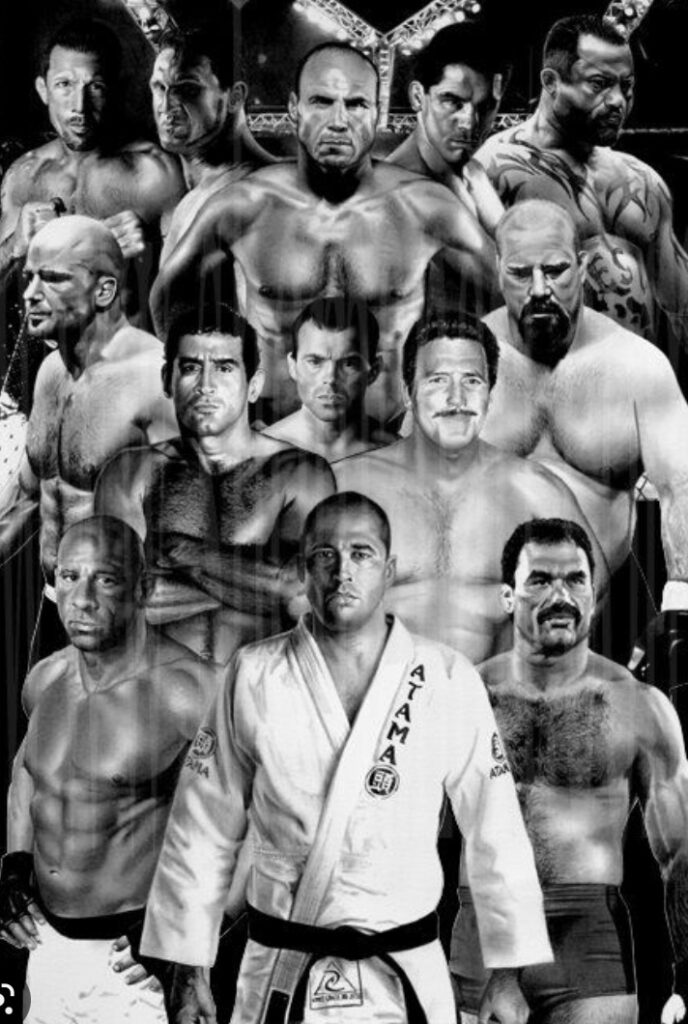
As people age, they may become increasingly concerned about their vulnerability and inability to protect themselves from potential attackers. However, the introduction of self-defense walking canes has been a game-changer for seniors and others who feel threatened by the risk of physical assault. In this blog post, we will delve deeper into the top seven reasons why self-defense walking canes, particularly those offered by Cane Masters and with guidance from cane self-defense expert Matt Pasquinilli of Quantum Self Defense, are an excellent grey man option for self-defense.
- Concealment
The primary benefit of using a self-defense walking cane is its ability to conceal its purpose. As walking canes are typically associated with the elderly or those with mobility issues, they are not typically seen as weapons. This lack of suspicion can work in your favor, providing you with the element of surprise should you find yourself in a dangerous situation. You can carry your self-defense walking cane with you anywhere without drawing attention and only use it when necessary.
- Distance
Another significant advantage of a self-defense walking cane is its length. Most canes are about three feet long, allowing you to keep a safe distance between yourself and your attacker. This extra space provides time to react to an attack and creates a physical barrier between you and your assailant.
- Dual Purpose
The beauty of a self-defense walking cane is that it serves two purposes. Not only does it provide protection in case of an attack, but it can also assist with your mobility. The cane can help you maintain your balance and reduce pressure on your joints, which is especially useful if you suffer from conditions such as arthritis.
- Easy to Use
Using a self-defense walking cane is straightforward and requires no specialized training. Cane Masters’ canes are ergonomically designed with an easy-to-grip handle, allowing you to quickly swing the cane in case of an attack. Furthermore, you don’t need to be physically strong to use a cane; the length and weight of the cane will do most of the work for you.
- Legal
Self-defense walking canes are legal in most areas. Unlike other self-defense tools such as pepper spray or stun guns, walking canes are not considered weapons in most states. This means that you can carry a cane with you without breaking any laws and use it to defend yourself if necessary.
- Cost-Effective
Cane Masters’ self-defense walking canes are relatively inexpensive when compared to other self-defense tools. You can purchase a cane for as little as $20, making it a cost-effective option for those on a budget. Additionally, walking canes are durable and can last for years with proper care, making them a sound investment for your safety.
- Versatility
Lastly, self-defense walking canes are versatile. You can use them in a variety of situations, not just for self-defense. For example, you can use the cane to pick up items off the ground or to push open heavy doors. The cane can also be used as a pointer, making it a useful tool for those who need to give presentations or lectures.
In conclusion, self-defense walking canes from Cane Masters, with guidance from cane self-defense expert Matt Pasquinilli of Quantum Self Defense, are an excellent grey man option for self-defense.
They offer concealment, distance, dual-purpose use, ease of use, legality, affordability, and versatility, making them an ideal tool for seniors and others who may feel vulnerable in potentially dangerous situations. With a self-defense walking cane, you can protect yourself and maintain your independence with confidence.



